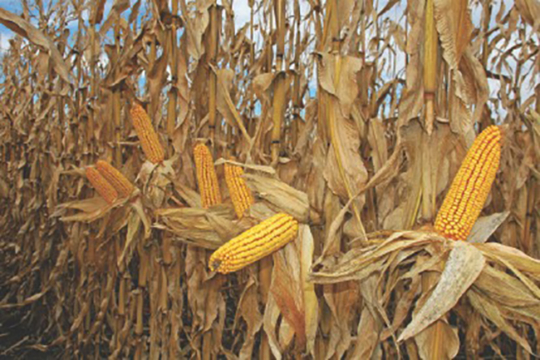Explore our blog featuring articles about farming and irrigation tips and tricks!
How To Manage Nitrogen

By: Darrell Smith
A 200-bu.-per-acre corn crop consumes 330 lb. to 350 lb. of nitrogen per acre. Know your soil’s nitrogen-supplying power to fine-tune application rates.
A 200-bu.-per-acre corn crop consumes 330 lb. to 350 lb. of nitrogen per acre. Know your soil’s nitrogen-supplying power to fine-tune application rates.
The need to protect water supplies while feeding a burgeoning world population will spur farmers to become the best nitrogen stewards ever. It won’t be easy, says Farm Journal Field Agronomist Ken Ferrie, and it will take time. But he predicts farmers will meet this challenge, just as they have responded to every other call to feed more people while optimizing nutrient use.
“Farmers will have to become more efficient than ever to meet goals like the 45% reduction in nitrogen loss called for in Illinois’ nitrogen reduction strategy,” Ferrie adds. The purpose of the strategy is to reduce nitrate pollution in the Gulf of Mexico, Chesapeake Bay and other water bodies. States are adopting their own strategies and targets, as required by the Environmental Protection Agency.
The tools, knowledge and information for razor-sharp nitrogen planning are already available. In the January issue of Farm Journal, we told you how to lay out nitrogen management zones based on each soil’s nitrogen-supplying power and risk of loss. The next step is to understand when your corn plants need nitrogen because not all hybrids have the same requirements.
Ferrie calls the concept “just-in-time nitrogen management.” It means having nitrogen available when needed, without maintaining a large inventory in the soil where it can be leached away into water supplies. It’s similar to the way auto manufacturers operate, with parts arriving as needed rather than sitting for long periods in a warehouse. Of course, the inputs, whether nitrogen or auto parts, must be on hand when needed or the factory will shut down, Ferrie cautions. With plants, if the factory shuts down, yield potential is lost and it can’t be regained.
Another way to look at it is you must have enough nitrogen available so corn plants never have a bad day but limit the excess supply to protect the environment. “It’s a tightrope we’ll have to learn to walk,” Ferrie summarizes. “It is based on the 4Rs—right product, right rate, right time, right place, which growers already are implementing.”
Stay up to date on all T-L news and get alerts on special pricing!


